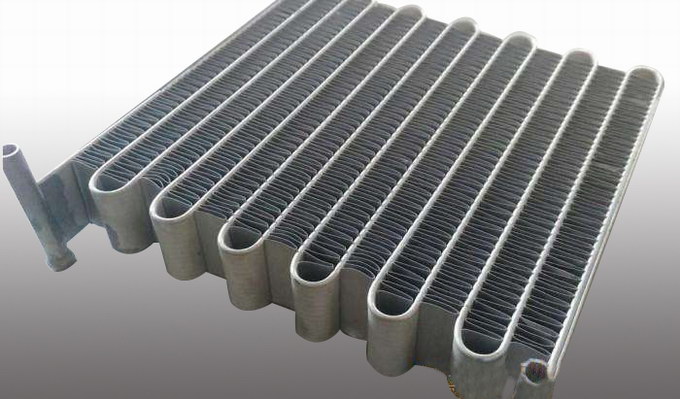In line with sustainability being the thrust of construction today, green building certifications like LEED (Leadership in Energy and Environmental Design) are shaping the design of energy-efficient buildings. Microchannel coils, like those at www.kaltra.com, are leading the way to help buildings meet these stringent criteria. By enhancing energy efficiency, reducing refrigerant usage, and encouraging eco-friendly HVAC systems, such high-performance heat exchangers are ideal for green buildings. In this article, their contribution to the achievement of green building certificates and benefits in green projects are highlighted.
Enhancing Energy Efficiency in HVAC Systems
Energy efficiency is the key factor taken into account for green building certificates, and microchannel coils, as described at www.kaltra.com, are outstanding in this sense. Their innovative architecture, using flat aluminum tubes filled with many small channels, maximizes heat transfer performance, allowing HVAC systems to cool buildings with more efficiency and less energy. Microchannel coils, when used compared to traditional fin-and-tube coils, reduce the power of fans and compressors, thereby lowering total energy use. That efficiency directly translates into the energy performance credits needed for LEED certifications that make buildings more sustainable and cost-effective.
Reducing Refrigerant Use for Environmental Impact
Green building certifications encourage reducing environmental impacts, including minimizing the use of high-GWP refrigerants. Microchannel coils featured on kaltra.com consume significantly less refrigerant than traditional coils due to their compact internal volume. This minimization adheres to legislation like the Kigali Amendment and assists in achieving certification for green refrigerant management. Incorporating microchannel coils by building architects and designers can minimize the environmental footprint of HVAC systems, earning valuable credits towards green certifications.
Space-Efficient Design with Sustainable Use of Space
Space efficiency is another aspect of green building design as it reduces the amount of material used and construction cost. Microchannel coils are space-efficient and light in weight, which allows for reduced HVAC systems that can be accommodated in confined spaces, like rooftop units or mechanical rooms. Space-efficient design conserves resources for equipment installation and supports sustainable construction practices. By permitting more efficient system design, microchannel coils allow for space effective utilization, a critical consideration in certifications like LEED.
Long-Term Durability
Green buildings require durable components that last in peak operating condition year after year with minimal need for replacement or repair. Microchannel coils are made from corrosion-resistant aluminum and can survive extreme conditions like industrial or coastal exposures. Protective coatings, such as e-coating, as an available option, provide increased durability, lowering maintenance and increasing system life. This assists in upholding green building requirements by saving resources and providing steady, energy-efficient operation, fulfilling certification standards.
Increasing Indoor Environmental Quality
Green building certifications are based on indoor environmental quality, including even temperature management and indoor air quality. Microchannel coils provide precise and effective cooling, offering comfortable indoor spaces for occupants. Their excellent heat transfer efficiency makes it possible for HVAC units to provide stable temperatures with minimum energy use, which results in thermal comfort credits in LEED certifications. Through the delivery of good performance, microchannel coils allow buildings to meet occupant comfort requirements while being energy efficient.
Supporting Renewable Energy Integration
Many green-certified structures employ renewable energy systems such as solar or geothermal that require efficient cooling to handle heat loads. Microchannel coils, are flexible enough for use in hybrid systems integrating renewable energy sources. Their ability to offer high cooling capacity in compact designs makes them an appropriate option for cooling renewable energy equipment, such as solar inverters. This flexibility facilitates the inclusion of sustainable technologies, which increases a building’s potential for earning green certification credits.
Cost Savings Through Efficient Operation
Obtaining green building certifications is expensive upfront, but microchannel coils, as launched on www.kaltra.com, offset such expenses through cost savings in efficiency. They reduce utility costs with their energy efficiency, and their low refrigerant requirements lower procurement and maintenance expenses. Their cost-saving capabilities make green building ventures more cost-effective, allowing developers to obtain certifications without compromising budgets. Microchannel coils make green building dreams more accessible through long-term cost benefits.
By leveraging the advanced features of microchannel coils, including those showcased on www.kaltra.com, building developers and facility managers can render HVAC systems more eco-friendly, allowing buildings to receive high green certification levels while delivering cost-efficient long-term performance and savings.





























